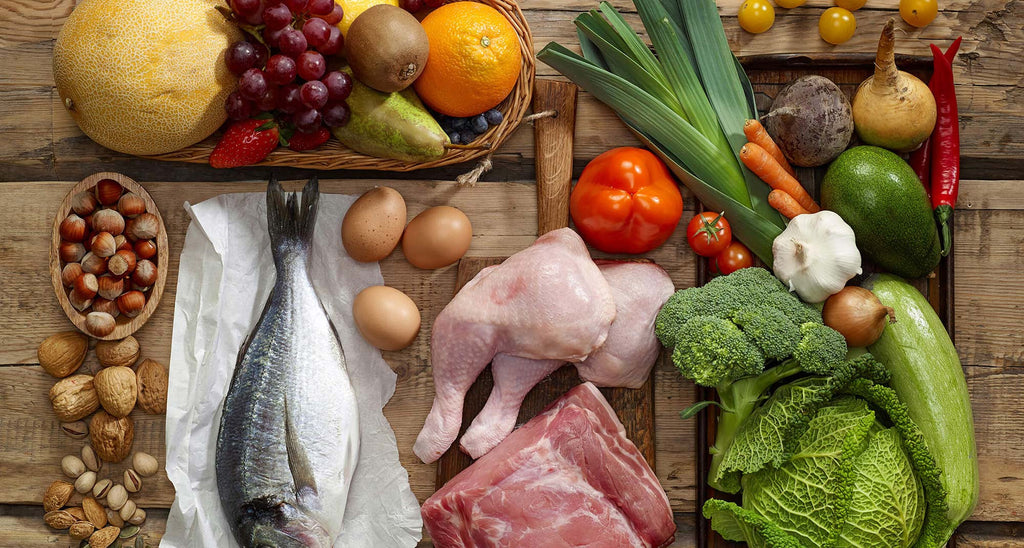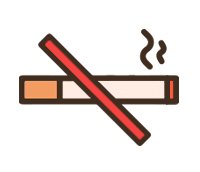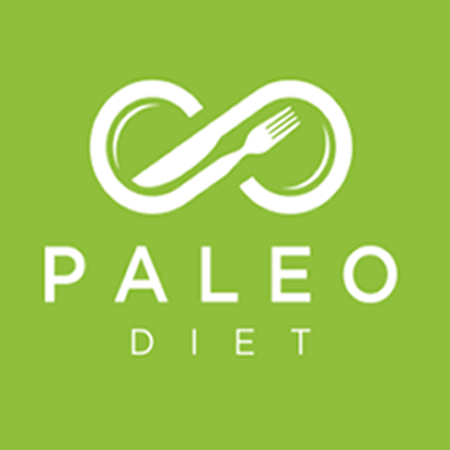
A new paleo diet study suggests that the lack of grains may be partly to blame for the reduced risk of heart disease. Participants ate mostly non-starchy vegetables and averaged 28 grams of fiber per day. The total amount of carbohydrate they consumed was ninety grams daily. Researchers concluded that they were at risk because they didn't have access the carbohydrates from grains. The study recommended that they eat starchy vegetables, such as tubers, to increase their total carbohydrate intake, and reduce their resistant-starch levels.
Low-carb Paleo diet
Many myths still persist about low-carb Paleo. Many of these myths arise from old diet and nutrition myths that persist in many doctors’ offices. Although low-carb eating has been proven to work well for weight loss it may not suit everyone. It is important to learn more about the Paleo diet before you begin.
People who eat a paleo diet could be at high risk for vitamin D deficiency and calcium deficiency. These nutrients are critical for bone health. A high intake of saturated fat and proteins can increase your risk for developing cancer, heart disease, and kidney disease. However, in moderation, the Paleo diet may have a few benefits for those who are at risk for cardiovascular disease. The Paleo low-carb diet could be the best for you.

A Paleo diet low in carbs has more benefits than simply reducing inflammation. Low-carb diets can reduce blood sugar spikes and increase insulin sensitivity. They are also known to improve gut health and reduce inflammation. For more information, you can read the Low Carb Paleo Diet Study. And remember, you don't have to be on a Paleo diet to lose weight.
According to Dr. Oz's study, carbs should account for 45-65 percent of your daily caloric intake. This means if you consume 2,000 calories a day, you'll only be getting 900-1,300 calories in total from carbs. You'll consume between 225 and 325 grams of carbs every day. This is roughly equivalent to between 225 and 300 calories. Low-carb diets can be very low in carbs.
A paleo diet offers more flexibility than a ketogenic one. Instead of restricting carbohydrates, it encourages you to eat more fruit, vegetables and lean proteins. If you know what your eating habits are, it's easier to keep to a Paleo-low-carb diet. You will be less likely become dissatisfied with your diet, and your body. You'll be less stressed about your diet and will lose weight faster.
High-protein Paleo diet
Paleo-followers often have questions about high-protein diets. It's crucial to know the limits before trying this diet. The upper limit on protein intake is around 30% of total calories. It is important to remember that this is an upper limit and not an absolute. High-protein diets still require carbohydrates and fat. A higher intake of protein means that you are more likely to gain weight.

Proteins from meat and dairy can be absorbed easily by the body because they are bioavailable. However, animal proteins are more absorbable than plant-based proteins. Beef protein, in particular, is better absorbed because it has been predigested. Beef protein is from hormone-free and antibiotics-free cows in Sweden. It is easier to digest and absorb hydrolyzed beef protein.
People find it difficult to adhere to a study diet because of the high cost. Protein is often more costly than fats or carbohydrates. The social factors involved also make it difficult to stay on a diet, such as not wanting to look strange in a restaurant. It is possible to save money on Paleo while still eating well. There are many ways to manage cravings and stay motivated if you do feel the urge to eat out. There are several ways you can stay on track, without feeling guilty. You can read more about these issues in the index page of the site.
Paleo has many health benefits, including high-protein and low carbohydrate portions. While the diet's low sugar and carbohydrate intake may improve insulin sensitivity and control, statistically these effects are not significant. The statistically significant drop in diastolic cholesterol among paleo dieters was also shown by studies that assessed blood pressure. These studies were conducted on nine to 29 people over a period of 10 days to 12 weeks.
FAQ
What are the basic skills of cooking?
Basic cooking skills include being able to read and measure ingredients, prepare food safely, clean up after yourself, and cook. This is the first step to learning how to cook. Cooking is a great way save money as you don’t have to order take-out every day.
Where can you find free online cooking courses?
Many websites offer cooking lessons for free. YouTube offers many videos on how to cook various meals. You can access thousands of recipes from some websites. Although you will have to pay a monthly fee for these sites, you can always try them for free for 30 consecutive days.
What should a beginner chef learn?
Beginners should begin cooking simple dishes like soup, pasta, and rice. If you want to learn how to cook, go for a recipe book or YouTube video. Cooking is fun when you do it with someone else. Try cooking together as a family, or have friends share the experience.
Can you learn to cook on your own?
Yes, you can self-teach cooking! No matter how much you know, cooking is something that everyone enjoys. If you're interested in learning how cook at home, then start cooking. Start small with simple things like spaghetti sauce or pancakes for breakfast. Experimenting with new recipes is the best way to learn to cook. It is possible to make mistakes.
You can learn to cook in a matter of hours or weeks depending on your level of cooking ability. It's important that you remember that cooking does not mean following a recipe. There are many different ways to prepare food, so if you have an idea in mind, go with it.
How can I be motivated to cook?
Sharing food with friends and family is a great way to have fun cooking. However, cooking for yourself is much easier than cooking for others. Try making something new if your goal is to become more motivated to cook. You'll learn new techniques, and you'll be inspired to cook. To expand your culinary skills, you can also make use of recipes from other cultures.
Statistics
- You'll be amazed that over 90% of CIA students receive scholarships and grants to finish their culinary studies. (ischoolconnect.com)
- On average, chefs earn $58,740 a year, according to the BLS. - learnhowtobecome.org
- under 10 Kids have been taught that there is special food just for them, and Fiese says that 10 percent of kids will throw a tantrum if they don't get the food they want. (washingtonpost.com)
External Links
How To
How to make the perfect omelet
Omelets have always been a favourite food to eat for breakfast. But how do you create them perfectly? There are many recipes and methods I tried, but none worked. So I am sharing some tips and tricks today to help you make fluffy, delicious omelets every morning.
Before we start making omelets, let's remember that eggs are temperamental. You must get them fresh, organically, and keep them cold until you cook. You must keep them cool enough to allow the whites to form properly and the yolks to become too runny if they're not kept at the right temperature. Your omelets will look strangely colored if this happens. It is best to use room-temperature eggs if you are going to cook them right away.
Another tip is to separate your egg before adding it into the pan. It is important not to allow any white to mix with the yolk as this could lead to the omelet becoming curdled.
The egg can burn if it is placed directly on the stovetop. Instead, heat the egg in a microwave for 10 seconds and then place it in a pan. The microwave heat cooks your egg just right, without it becoming too soft.
Next, let's talk about mixing the eggs. You want to mix the eggs thoroughly before you add them. To do this, take the bowl from the mixer and flip it upside-down. Next, shake the bowl vigorously. By doing this, the egg is thoroughly mixed with the air in the bowl.
The fun part is now - adding the milk to the mixture. The first step is to pour half of the milk in the beaten eggs. Next, fold the eggs into the remaining milk. You don't need to worry if streaks remain. They will disappear once you flip your omelet.
After you have folded the eggs, heat the oil in a pan over medium heat. Once the oil has started to sizzle, turn the heat down to low. Add 1/4 cup butter to the oil and swirl it around to coat all sides of the pan. Next, carefully open the lid and sprinkle salt into your pan. A pinch of salt will help prevent the omelet from sticking to the pan.
Once the omelet has formed completely, cover the pan and let it set for a few minutes. Flip the omelet by using a spatula. Cook the other side for another minute or two. Take out the omelet and place it in a bowl.
This recipe is best when used with whole milk. But, you can use skimmed milk as well.